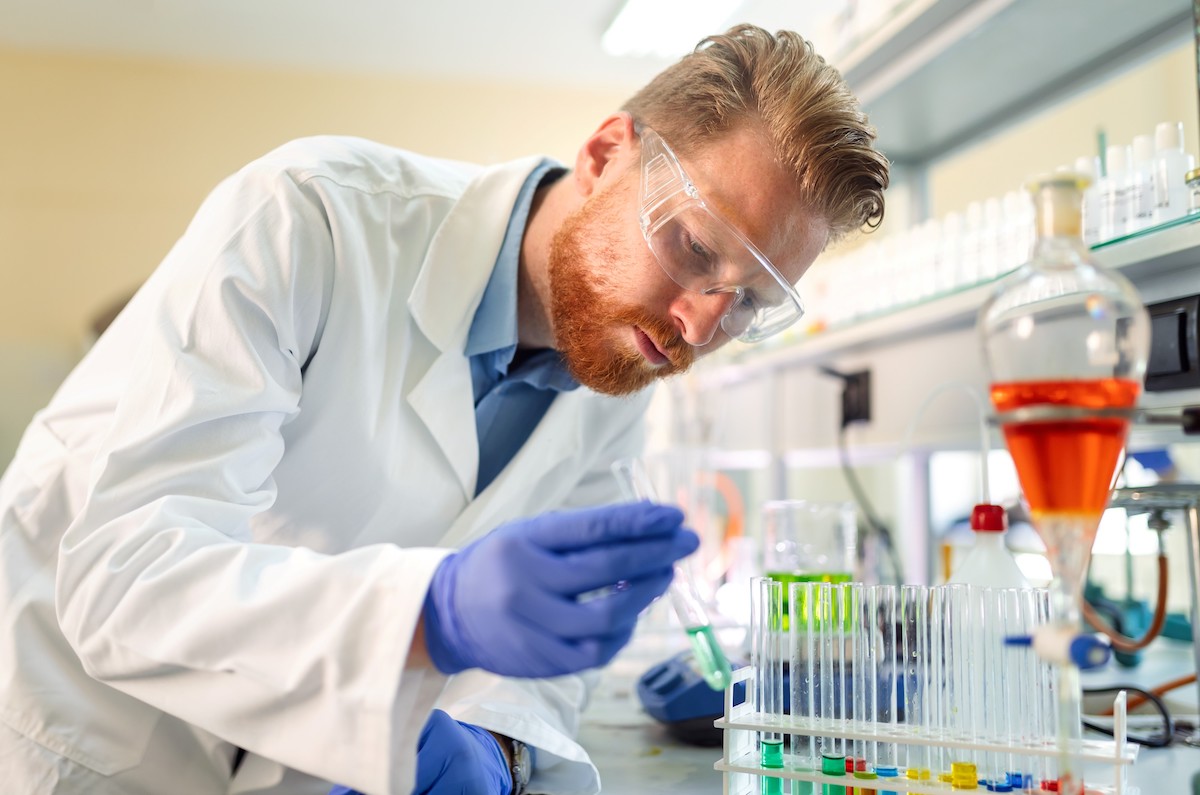Channels
Special Offers & Promotions
Making the switch to green solvents

Why supercritical CO2 could soon replace environmentally damaging solvents in key experimental procedures.
Organic solvents that are commonly used in various chemical processes have significant financial costs and can be environmentally damaging. Therefore, a key goal for both industrial and academic labs is to reduce their use in favour of green solvent alternatives. Here Paul Vanden Branden, director and product manager at laboratory equipment supplier SciMed, discusses the potential of supercritical CO2 for replacing environmentally damaging solvents, such as hexane, in separations and extractions.
Using supercritical liquid CO2 in experimental procedures is becoming increasingly appealing because it is a green solvent. It is non-flammable, non-toxic, not environmentally damaging, easy to prepare and does not contribute to global warming as any process CO2 can be recycled in the system.
Environmentally benign CO2 holds significant potential in its supercritical fluid phase to reduce the reliance on expensive, hazardous and environmentally harmful organic solvents such as hexane. While suitable for use in a range of applications, this is particularly appealing in procedures such as chemical extractions, separations and purifications. Supercritical fluid extraction (SFE) is an area of growing interest and CO2 is the most common supercritical fluid used in SFE procedures.
The benefits of SFE procedures
SFE is performed by pumping supercritical CO2 through a fixed bed of substrate where the CO2 flows through the substrate and dissolves soluble components until they are depleted. The loaded solvent is then passed through a separator where the soluble components are precipitated by adjusting the temperature and pressure before the CO2 is condensed and recirculated.
By controlling the density of supercritical CO2 fluids, they can replicate the performance of various organic solvents whose polarities range from n-pentane, at the lowest density, to pyridine, at the highest. This feature allows selective extraction, purification and fractionation procedures to be performed.
A particular area of interest is using supercritical CO2 as a replacement for hexane, which is typically used for solvent extractions even though it is known to be environmentally harmful. Hexane is widely used for extracting oil contaminants from water and soil for analysis and for extracting edible oils from seeds and vegetables because of its efficiency in these experiments, which could not traditionally be matched by alternatives. However, supercritical CO2 systems now allow comparable results to be achieved without using such a harmful chemical.
Globally, regulations are tightening around the use of harmful solvents such as hexane, with both the UK’s Department of Trade and Industry and the USA’s Environmental Protection Agency publishing recommended procedures using supercritical CO2. Therefore, it makes sense for industry and academia to switch to supercritical CO2 systems and procedures now, before regulations ultimately ban harmful solvents altogether, which is the likely final outcome.
SciMed exclusively represents Core Separations, the world’s leading supercritical CO2 company, which produces systems for laboratory scale applications (around 10 ml) and production scale applications (250 to 500 litres). Furthermore, its team of experts can work with you on proof-of-concept testing for any new SFE procedures that you want to develop.
This is just one of the many ways that laboratories can improve sustainability while improving experimental output and saving money. Other methods include using equipment that reduces the use of utilities and increasing the use of field-based analytical instruments to reduce the reliance on outsourcing to commercial laboratories.
Since its founding in 1979, Scientific & Medical Products (SciMed) has been a highly successful distributor of laboratory and process equipment. It exclusively represents a number of leading manufacturers in the UK and Ireland and has recently been appointed the distributor for several companies in France and other selected regions around Europe. The company’s focus is on the promotion, sales, service and support of innovative and world-class products to customers in industry and academia.
Media Partners


